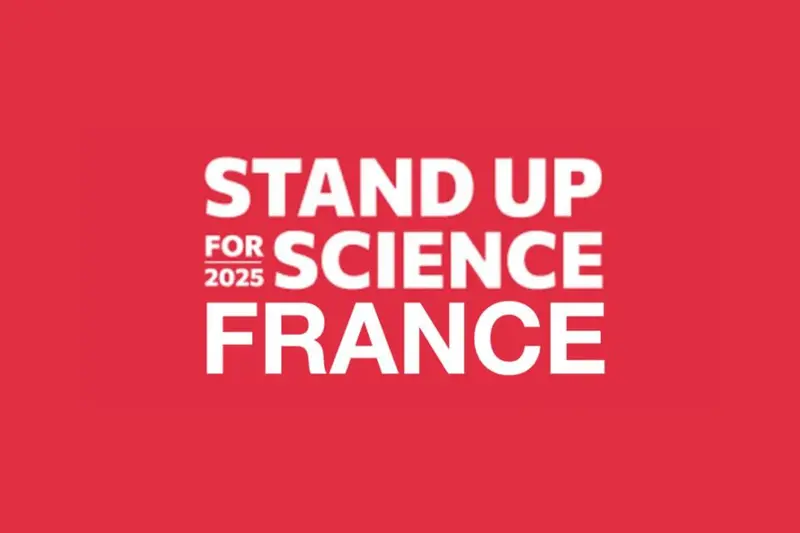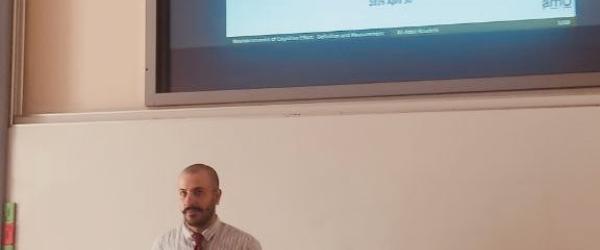Defense of Ali ADELI KOUDEHI's thesis (ConTact Team) Wednesday April 30 th
Title: Neuroeconomic approach to cognitive effort: Definition and Measurement
Abstract: Much research especially in recent years has greatly advanced our knowledge about how we make a decision about cognitive effort; yet the knowledge about cognitive effort itself has lacked behind. That is why this thesis is set out to define and quantify cognitive effort. The thesis comprises three articles. In the first article, I summarize the literature on cognitive effort into two frameworks: valence (opportunity cost of cognitive control) and arousal (intensity of selective attention). The two models have distinct predictions about phenomenology, measurement of cognitive effort and its relationship with performance. As the name of the two models indicates, the valence model associates cognitive effort with negative valence and aversiveness, while the arousal model associates cognitive effort with arousal and alertness. The valence model measures cognitive effort by its price (i.e. “subjective value”) and the arousal model measures cognitive effort by physiological markers of arousal (e.g. pupil size, heart rate variability). Last, the valence model envisions a positive relation between cognitive effort and performance, (more effort leading to better performance), whereas the arousal model holds a constant view between effort and performance. To test the predictions of the two models, the second article presents a novel experiment consisting of two separate sessions: one with “N-back” and the other with “AX-CPT” tasks. The experiment has three distinctive features. First, it trains participants with different “cognitive strategies”. Second, it introduces a new behavioural measure, “free choice of effort”. Third, it combines self-reports of cognitive effort, valence, and arousal with common physiological measures, including event-related potential of EEG and pupillometry: “FRN” for the valence model and the “P3” and pupil dilation for the arousal model. The results favoured the arousal model. Reported cognitive effort correlated positively with self-reported arousal, P3, and pupil size; however, it did not correlate with reported valence or FRN. This was further confirmed by the free choice of effort; the participants continued to exert cognitive effort more than what was necessary. Additionally, performance within the same difficulty level showed no correlation with reported effort. Cognitive strategies played a significant role. Specifically in the N-back task, one strategy, compared to the other showed lower reported effort while delivering a higher level of performance casting doubt on the general assumption that more effort leads to higher performance. Furthermore, I found a negative correlation between “microsaccade rate” and reported effort and I discuss that it could be a more specific measure of cognitive effort than pupil size. The third study investigates putative mechanisms that could support the link between cognitive effort and arousal. It refines the arousal model’s definition of cognitive effort through the integration of the “rhythmic attentional scanning” (RAS) hypothesis of selective attention and the “gain modulation” (GAIN) theory of arousal. RAS explains selective attention as a phase-amplitude coupling (PAC) mechanism, where the phase of low-frequency oscillations modulates the amplitude of high-frequency activity. Meanwhile, GAIN posits that Noradrenaline (NA) enhances neuronal responsiveness to excitatory and inhibitory input signals. A formal analysis and simulation hypothesized that NA enhances PAC, the NA-PAC hypothesis. A positive correlation between PAC in mid-frontal electrodes, reported effort, and pupil size in the experimental data of the second study supported this hypothesis. The general discussion explores possible sources of the aversiveness of certain effortful tasks. A descriptive definition of cognitive effort is proposed, and the limitations and future research directions are highlighted.
Composition of the jury:
Mathias PESSIGLIONE (Paris Brain Institute): Rapporteure
Marc WILLINGER (University of Montpellier): Rapporteure
Tom VERGUTS (Ghent University): Examiner
Aurélie BIDET-CAULET (Aix-Marseille University): Examiner
Marie-Hélène GROSBRAS (Aix-Marseille University): Thesis director
Stéphane LUCHINI (Aix-Marseille University): Thesis director
Miriam TESCHL (École des Hautes Études en Sciences Sociales): Invited member
Anne-Sophie DUBARRY (Aix-Marseille University): Invited member

